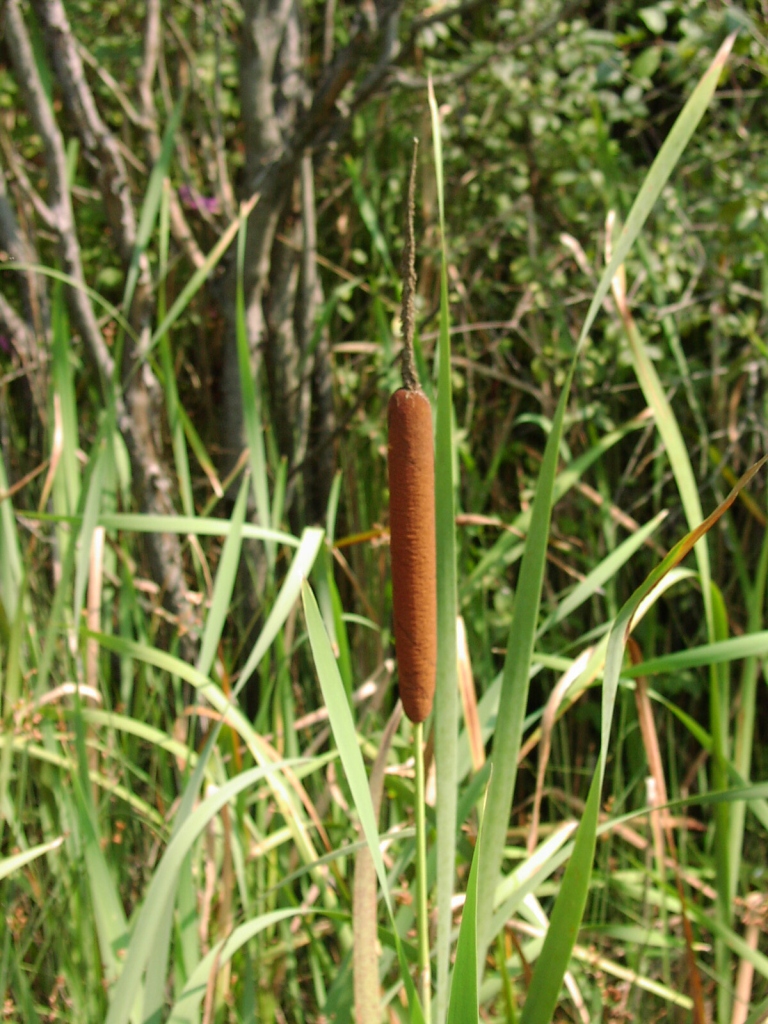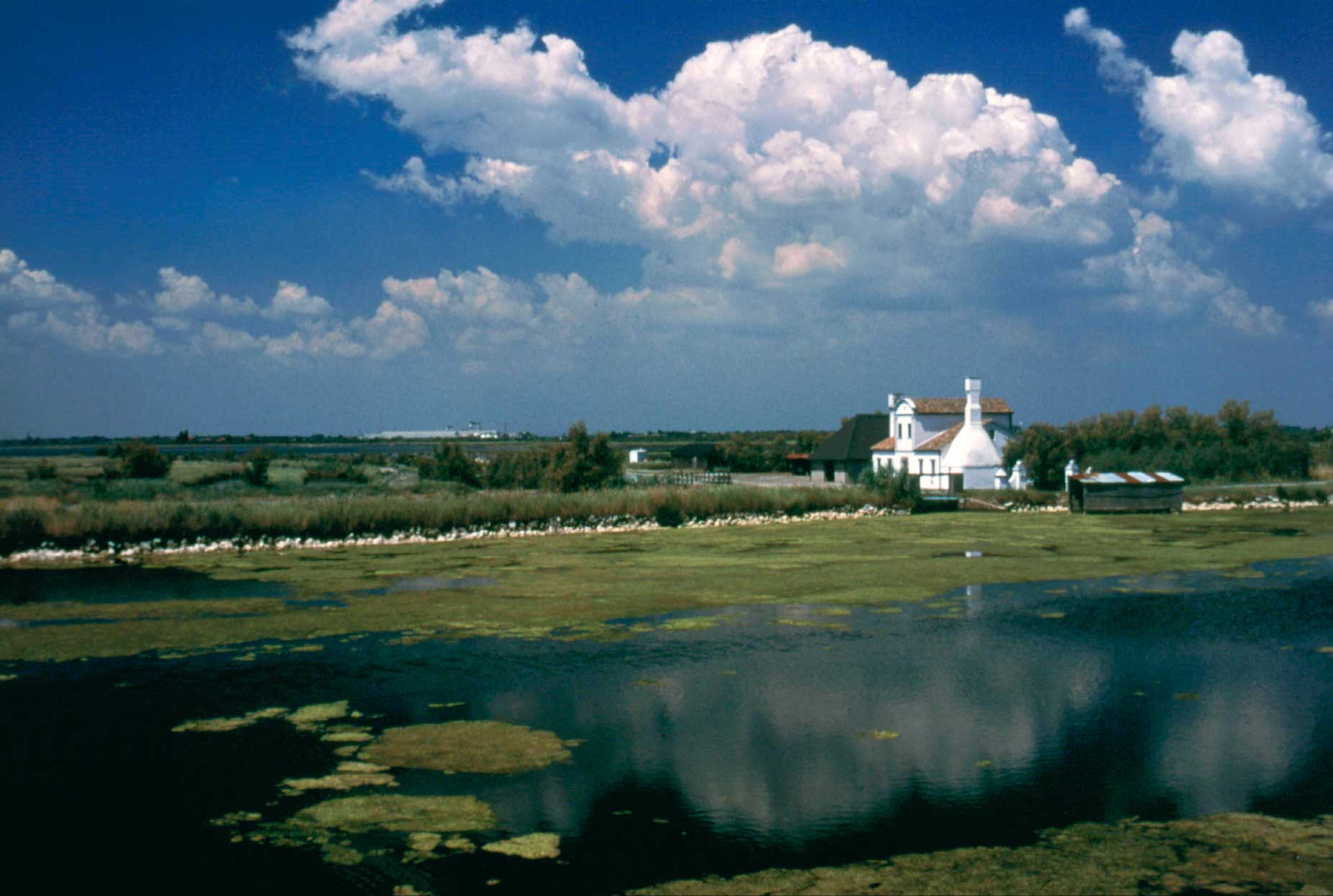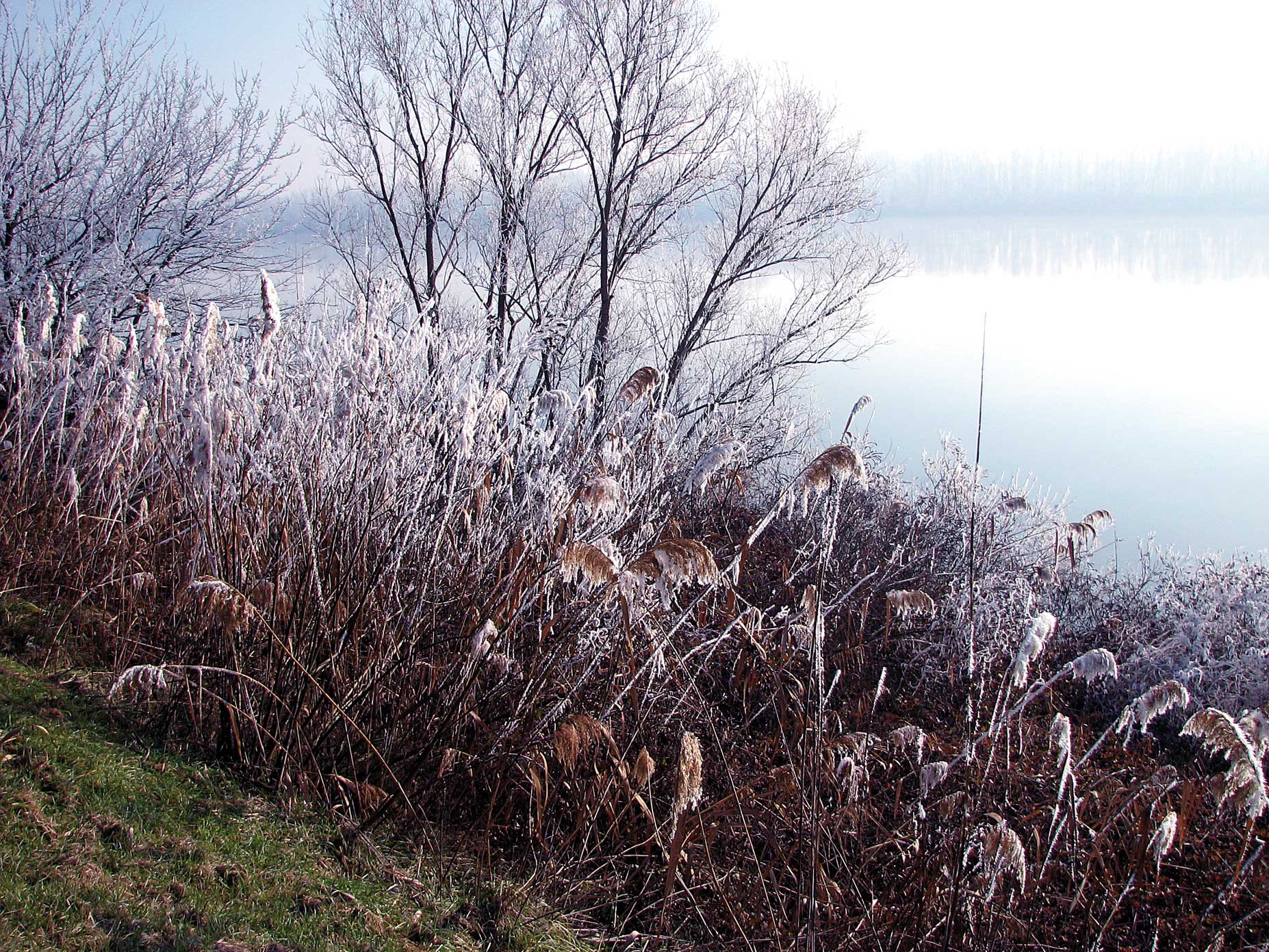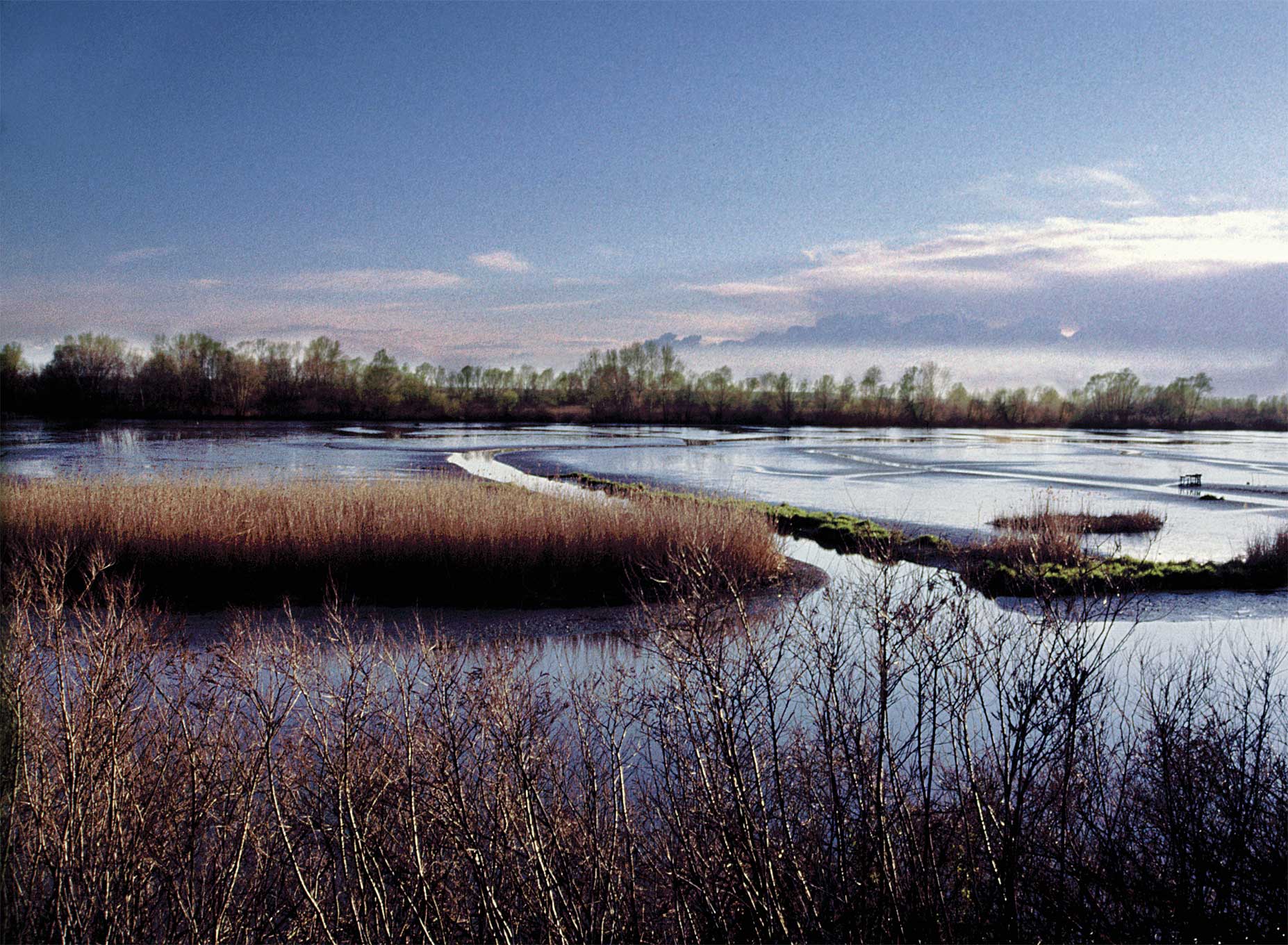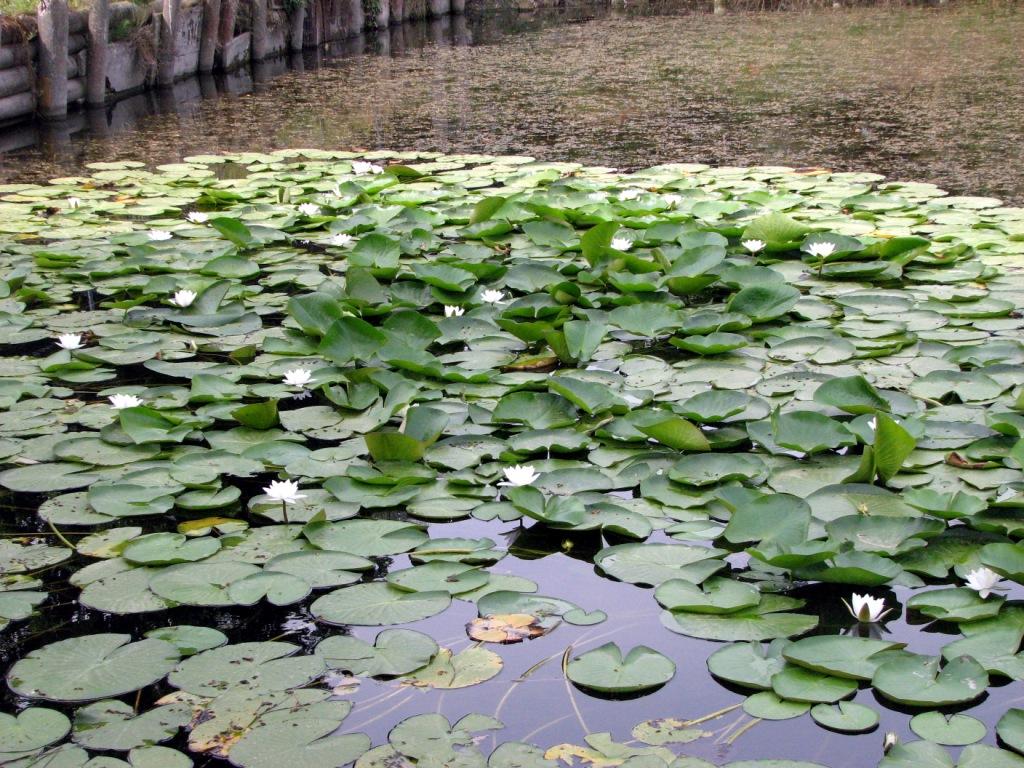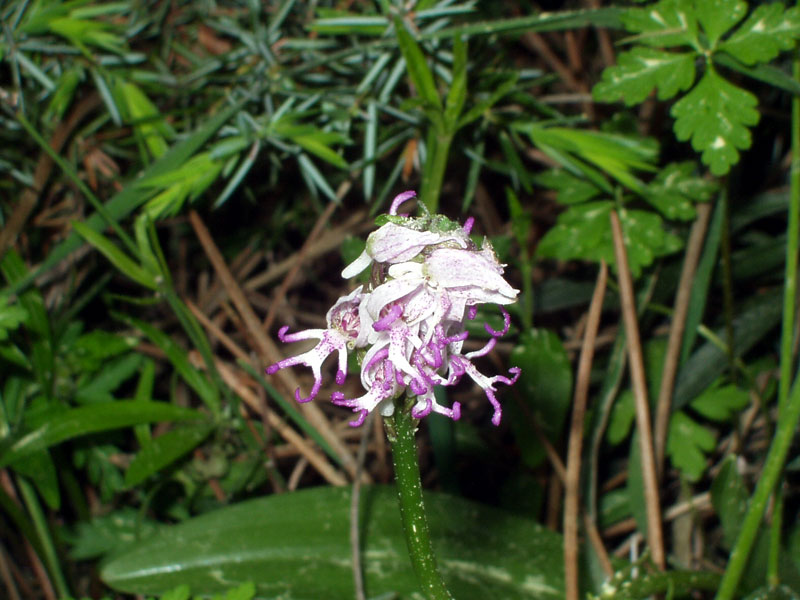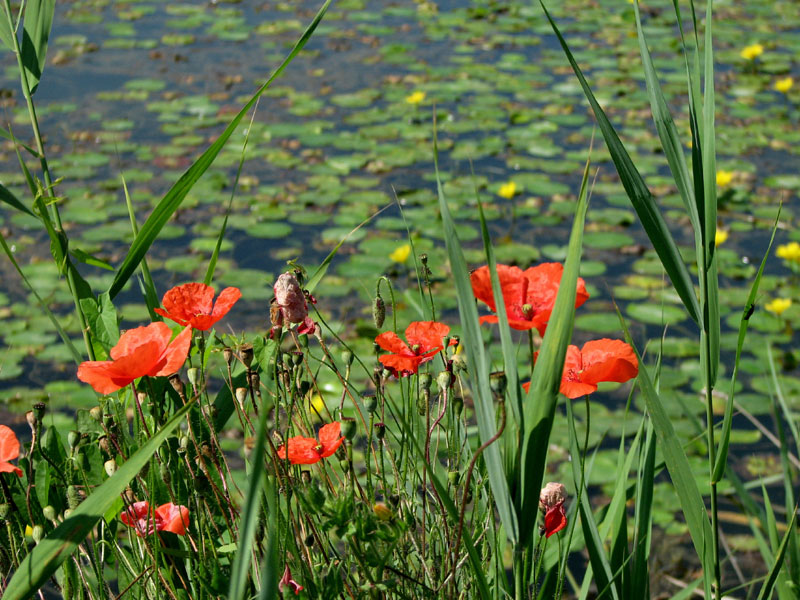
Veneto Regional Park of the Po River Delta
This post is also available in:
 Italiano (Italian)
Italiano (Italian)
Po, the longest river in Italy (some 404 miles), runs along the valley to the Adriatic Sea, where it flows into a delta, giving life to one of the largest wetlands in Europe and the Mediterranean, extending for 304 square miles (160 are made of valleys and lagoons).
In the river delta, there are several environments, offering a wealth of biodiversity: fossil dunes, sandy and mobile bodies that undergo slow movements as the wind pushes the sand; the floodplains, abandoned quarries or river bends – an environment rich in vegetation and a refuge for numerous species of birds; the fishing valleys, a brackish environment where the inflow of fresh and saltwater is artificially regulated by locks; the lagoons and water pockets, a basin of brackish water bordered by sand dunes, sand bars and silt periodically submerged by the tides.
Where the sea manages to penetrate the area, there are uniform expanses of saltwater with shallow depths, where mussels and clams are grown.
FLORA
In the dry areas, holm oaks (Quercus ilex) are particularly abundant, along with narrow-leafed ashes (Fraxinus angustifolia), and white poplars (Populus alba). Common elms (Ulmus minor) grow, instead, in the interdunal depressions, where especially in winter the water remains for long spells of time.
On the oldest dunes and levelled by time, there is the typical woodland formation of the plain: English oaks (Quercus robur), and common hornbeam (Carpinus betulus). All around, on the dune crests (the so-called “staggi”), there is a luxuriant wood of white poplars, white willows (Salix alba), and narrow-leafed ashes – tree species linked to humid and riparian environments.
On the other hand, the wetlands are different, featuring rich marshy vegetation. On the banks, there are willows and poplars, while tufts of greater pond sedge (Carex riparia), bindweed flowers (Calystegia sepium) or flowering rushes (Butomus umbellatus) especially in the meadows.
The areas where the water is shallow are home to reeds, cattail (Typha angustifolia), and swamp sawgrass (Cladium mariscus). At bigger depths, there is the common club-rush (Schoenoplectus lacustris), the white water lily (Nymphaea alba), and the yellow water lily (Nuphar luteum).
The brackish wetlands feature French tamarisk (Tamarix gallica), sea lettuce (Ulva lactuga), Astro tipolium, and the well-known common reed (Phragmites australis).
The part of the beach closest to the sea is colonized by herbaceous tufts of European sea rocket (Cakile maritima), Xanthium italicum, and curry plant (Helichrysum italicum).
FAUNA
The lagoon is the perfect place for many birds, both resident and migratory, and for fish and molluscs. Among the 370 species of regular nesting, migratory and wintering birds, there are gray herons (Ardea cinerea), great crested grebes (Podiceps cristatus), and cormorants (Phalacrocoras carbo).
Canals and floodplains are the richest environments in animal species; among the reed nest species, there are purple herons and western marsh harriers (Circus aeroginosus), as well as some passerines such as the bearded reedlings (Panurus biarmicus), great reed warblers (Acrocephalus arundinaceus), red buntings (Emberiza schoeniclus), and Cetti’s warblers(Cettia cettii).
During migrations and in winter, these stretches of water are populated by thousands of coots (Fulica atra) and various species of ducks like: diving ducks, Aythya fuligula, and surface ducks, mallards (Anas platyrhynchos), Northern pintails (Anas acuta), garganeys, Northern shovelers (Anas clypeata), and Anas penelope.
This post is also available in:
 Italiano (Italian)
Italiano (Italian)
Contatti
Via Marconi, 6 - Ariano nel Polesine(RO)
0426 372202
info@parcodeltapo.org
